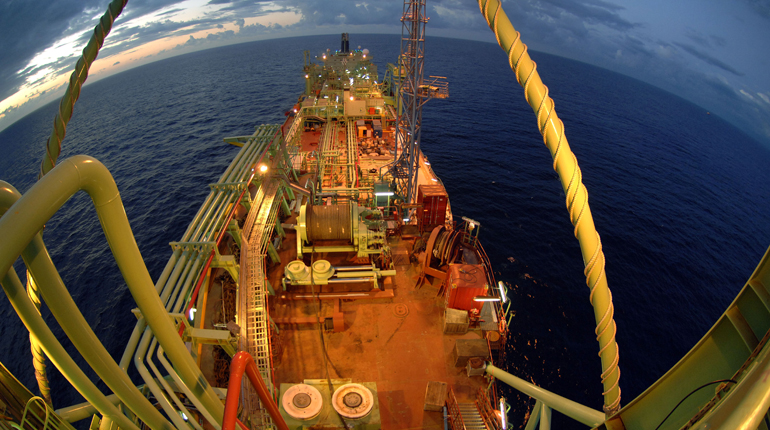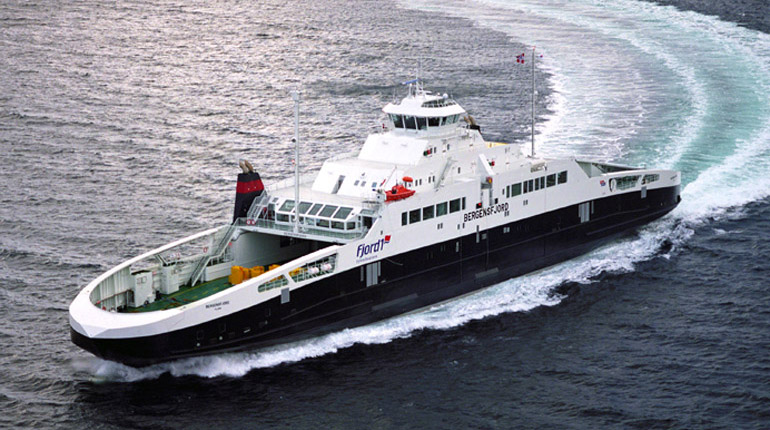Highlights
- Persistent low global oil prices may dampen the growth of US shale gas production
- Canadian LNG export projects are facing delays because of weak oil prices
- Weather-related demand in Brazil, Mexico and Chile will induce tightness in the regional LNG market
- Mild temperatures in North America will reduce pressure on storage, but the region is still vulnerable to extreme weather
Economic overview
The Brazilian central bank increased its key benchmark interest rate by 50 basis points to 11.75% in December – its highest level since August 2011 – in a move to bolster the Brazilian real against the United States dollar.
The move is an indication of the Brazilian government’s shift towards a more orthodox fiscal and monetary policy. President Dilma Rousseff narrowly won re-election in October, and one of her top priorities is to control inflation.
Quarterly and annual year-on-year GDP growth rates
| Q1 2014 | Q2 2014 | Q3 2014 | 2014 | 2015 | 2016 | |
| US | 1.9% | 2.6% | 2.4% | *2.2% | *3.1% | *3.0% |
| Canada | 2.1% | 2.5% | 2.6% | *2.3% | *2.4% | *2.4% |
| Mexico | 1.9% | 1.6% | 2.2.% | *2.4% | *3.5% | *3.8% |
| Brazil | 1.9% | -0.9% | -0.2% | *0.3% | *1.4% | *2.2% |
| Argentina | 0.3% | 0.0% | *-1.7% | *-1.7% | *-1.5% | *-1.5% |
Brazil’s inflation rate was 6.56% in November, much higher than the central bank’s official target of 4.5%. Meanwhile, the dollar has strengthened against the real by almost 10% on an annual basis so far in December, making gas and LNG imports expensive. However, tighter monetary policy is weighing on the country’s GDP growth rate, which contracted by 0.2% in Q3 2014 year on year – its second consecutive quarterly contraction.
The central bank’s decision to increase the interest rate is partly the result of Brazil’s reliance on imported gas and LNG, as expensive imports are damaging the country’s current account balance. Brazilian LNG imports rose by 26.7% year on year – to 6.5 billion cubic metres – in the first 10 months of 2014. GGA expects they will increase by around 32% on an annual basis in 2014 as a whole – to 7.9 bcm.
Improving macroeconomics in the US will continue to boost industrial gas demand during winter. The GDP growth rate of the country expanded by 2.4% in Q3 2014 year on year, which was higher than 2.3% in Q3 2013. Meanwhile, industrial production in the US registered a growth of 5.2% in November on an annual basis, its highest level since January 2011.
Gas consumption by industries increased by 4.7% on an annual basis – to 161.3 bcm – in the first 10 months of 2014. GGA expects industrial gas demand in the US will increase by 4.4% year on year this winter – to 61.8 bcm.
Log in to continue reading...
To continue reading this article, you must have an active subscription. By logging in or signing up for a free trial, you are agreeing to our terms and conditions, privacy policy and cookie policy.



